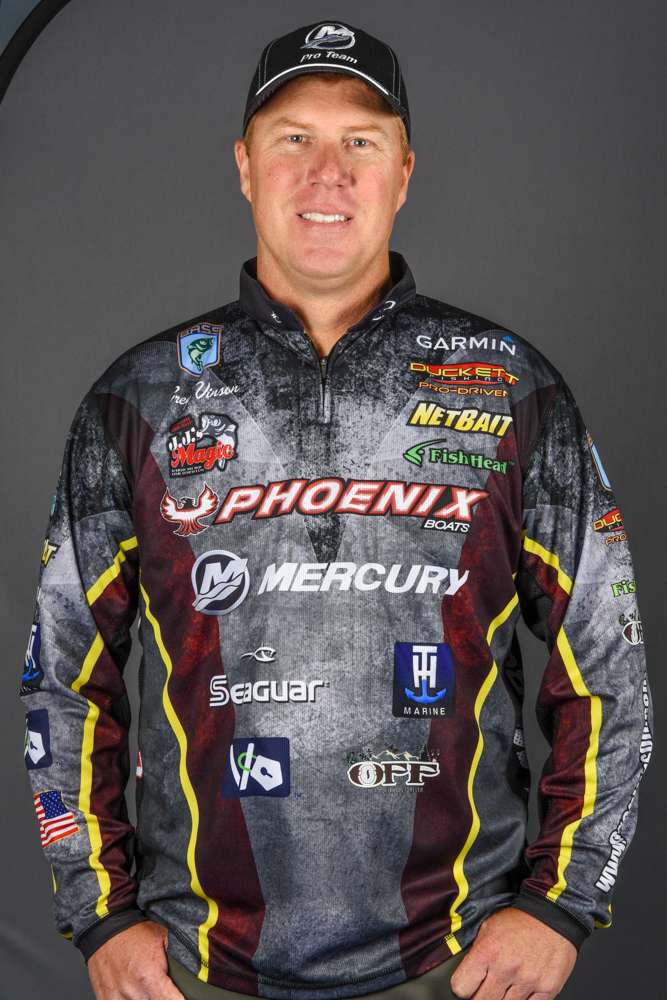
It won’t be long and the bass will move shallow. A lot of anglers don’t think of plastics as their bait of choice when that move happens or, if they do, they think of twitch baits, soft jerkbaits or boot tail swimbaits. But there’s another style that’ll catch just as many, sometimes more. I’m talking about plastic stickbaits and trick worms.
When it comes to plastic, Senko style stickbaits, my preference is for NetBait’s Salt Lick. I like it because it’s loaded with salt, anise (licorice-type scent) and pork fat. Regardless of which one you use — there are dozens of good ones on the market — the idea is the same. You put a hook in it, cast it out and let it fall on slack line. That’s really all there is to fishing a plastic stickbait other than maybe twitching it a time or two as it falls or when it’s on the bottom.
The best ones are flexible. They have a kind of wiggle or death quiver that bass seem to find attractive. I know that the fall feed is supposed to be about baitfishm, but these lures will often out produce anything in your boat.
There are a couple of different ways you can rig one. Wacky style with a hook through the egg sack is one of the most common. It has the advantage of allowing the bait to fall horizontally and you can twitch it in place if the hook’s in the middle. The big disadvantage to a wacky rig is that your bait will hang on near anything in the water.
You can also Texas rig a stickbait with the hook totally weedless or with the hook point barely exposed. That’ll make it more weedless, but you’ll lose some of the horizontal fall and quiver.
A nail weight in the egg sack will give it a faster fall while staying horizontal, but it won’t be the same when you twitch it in place.
A second great choice when the bass are shallow and maybe a little finicky is a common trick worm. I use a NetBait T-Mac. The smaller ones are about the same length as an ordinary size stickbait, but they’re much thinner. That gives them more flexibility and movement in the water. You can rig a trick worm exactly like a stickbait, and a nail weight will work the same, too.
Most professional anglers and tournament anglers prefer stickbaits. They have a bigger profile and seem to attract bigger fish. But, if you just want to catch more bass and don’t mind sacrificing some size while you do it, I recommend a trick worm.
I use two hooks with these lures. The first is a Gamakatsu G-Finesse wacky hook. It’s weighted and it has a really efficient weedguard. That’s a pretty good combination for general bass fishing. I’m also partial to an Owner Mosquito Light Hook. For the most part I use a 1/0 size.
The baits I’m talking about perform best on spinning tackle. I spool with braid and use a light fluorocarbon leader like 8-pound Tatsu by Seaguar. That lets me make long, accurate casts, and it’s a perfect setup for skipping these baits back into places where other anglers can’t get. If you’re not a good skipper, I suggest you practice. The time it takes to improve your skills will be a good investment in the end.
These baits will fish almost anywhere. The best places are around docks, overhanging brush and anywhere else there’s shade. You can get your fish out of these places if you don’t force them. Go slow and easy. Guide them. Make them think it’s their idea.
Lots of times these bass aren’t chasing shad. They’re after bluegill. My first color choice is usually green pumpkin candy with a little chartreuse JJs Magic on the tail. If that doesn’t match the hatch, I’ll go with something that does.
Give one of these baits a try this fall. They aren’t fancy, but they catch bass.

